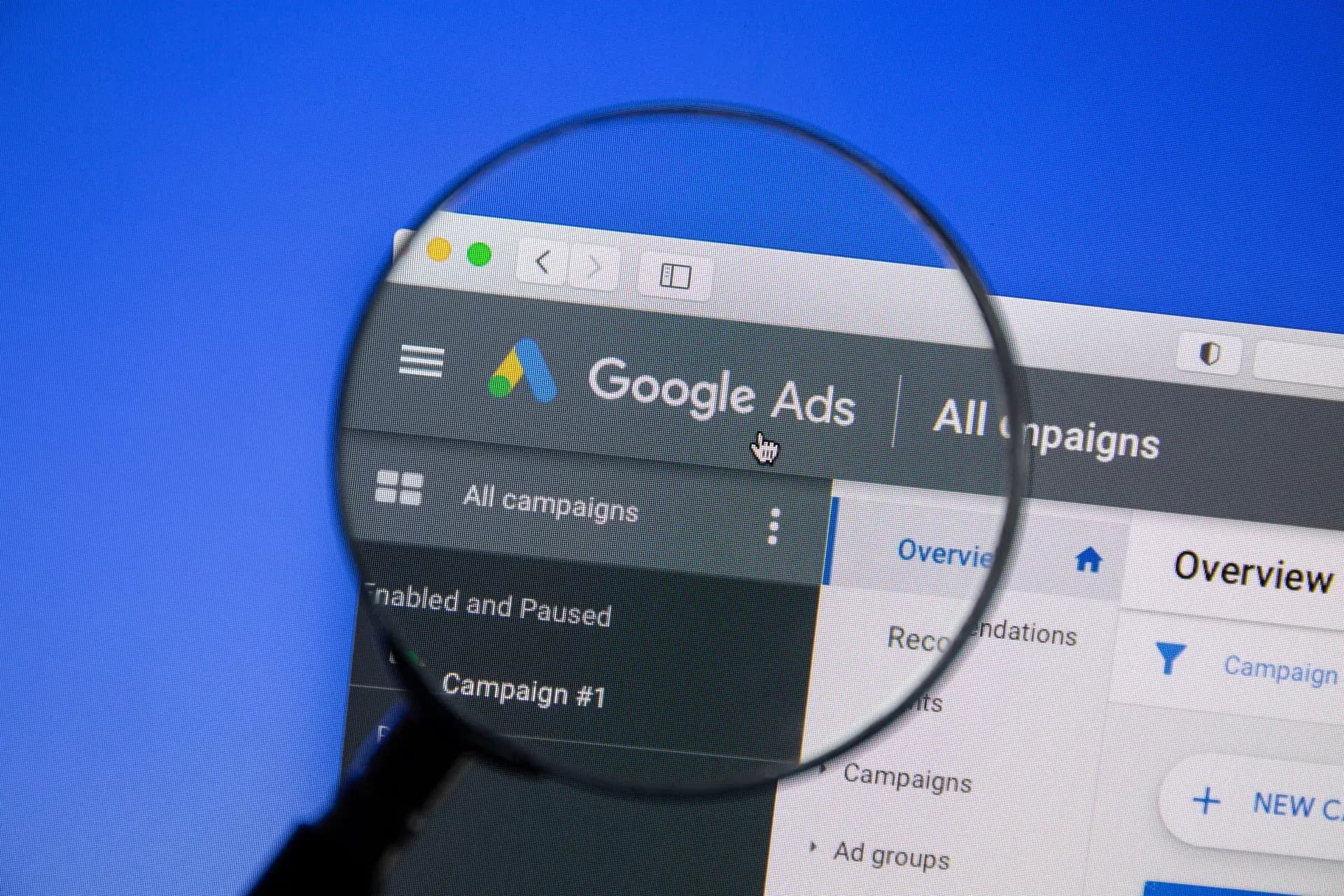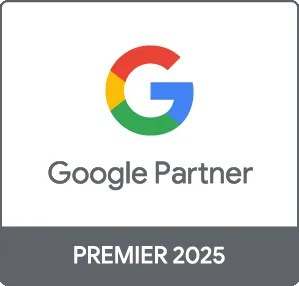PPC (Pay-Per-Click) advertising is a powerful marketing strategy for B2B businesses looking to generate leads and drive sales. By leveraging targeted ad campaigns, B2B companies can reach their ideal audience more effectively, improve brand visibility, and achieve a higher return on investment (ROI). In this comprehensive guide, we'll cover the best practices for PPC advertising tailored specifically for B2B businesses, from strategy development to execution and optimization.
Understanding PPC Advertising
PPC advertising involves placing ads on platforms like Google Ads, where advertisers pay each time a user clicks on their ad. This model allows B2B companies to gain immediate visibility and traffic compared to SEO strategies that may take longer to yield results. With the right strategy, PPC can help businesses effectively reach decision-makers and professionals.
1. Define Your Target Audience
Understanding your target audience is crucial for successful PPC advertising. Here’s how to define and target your ideal B2B customers:
- Develop Buyer Personas: Create detailed profiles of your typical clients, including their industry, job title, challenges, and pain points.
- Utilize Demographic Targeting: Use platforms like LinkedIn to target ads based on industry, company size, and job function.
- Remarketing Campaigns: Re-engage users who have previously visited your website to remind them of your services.
2. Choose the Right Keywords
Keywords are at the core of successful PPC campaigns. Follow these steps to select effective keywords:
- Focus on Niche Keywords: Unlike B2C, B2B often benefits from niche keywords that reflect the specific services offered.
- Utilize Keyword Research Tools: Tools like Google Keyword Planner and SEMrush can help identify relevant keywords with appropriate search volume.
- Consider Long-Tail Keywords: These keywords have lower competition and can attract highly targeted traffic.
3. Craft Compelling Ad Copy
Ad copy can make or break your PPC campaigns. Here are tips to write compelling ad content:
- Highlight Unique Selling Propositions (USPs): Showcase what sets your product or service apart from competitors.
- Use Action-Oriented Language: Encourage users to take action by using strong verbs like "Get Started" or "Learn More".
- A/B Testing: Experiment with different ad copies to determine which resonates most with your audience.
4. Optimize Landing Pages
Directing traffic to well-optimized landing pages can significantly improve conversion rates. Ensure your landing pages:
- Align with Ad Copy: The landing page should reflect what the ad promised to avoid confusing users.
- Include Clear Calls-to-Action: Make it simple for visitors to take the desired action, such as filling out a form or making a purchase.
- Use Testimonials or Case Studies: Providing social proof can enhance credibility.
5. Monitor and Adjust Campaigns
The digital landscape is ever-changing, and continuous monitoring and optimization are essential for success. Implement these strategies:
- Track Key Performance Indicators (KPIs): Monitor metrics such as click-through rates (CTR), conversion rates, and cost per conversion.
- Make Data-Driven Decisions: Use analytics tools to understand what's working and what's not, and adjust your strategy accordingly.
- A/B Testing: Regularly conduct A/B tests for ads, keywords, and landing pages to identify areas for improvement.
Conclusion
PPC advertising can be a game-changer for B2B businesses seeking to drive leads and boost sales. By clearly defining target audiences, selecting the right keywords, crafting compelling ad copy, optimizing landing pages, and monitoring campaigns, B2B companies can achieve remarkable success. At Prebo Digital, we specialize in PPC advertising tailored for B2B, helping you maximize your advertising spend and achieve your business objectives. Ready to elevate your B2B marketing strategies? Contact us today for a consultation!





